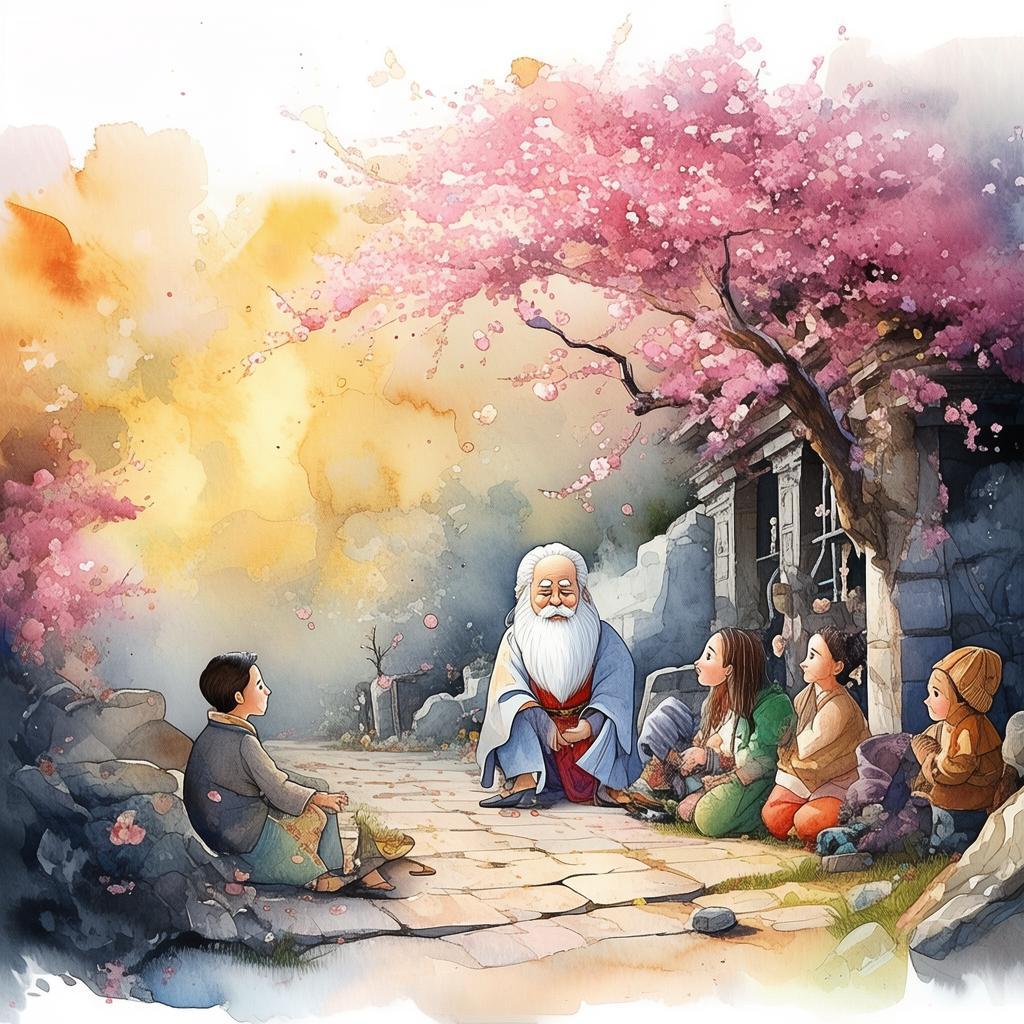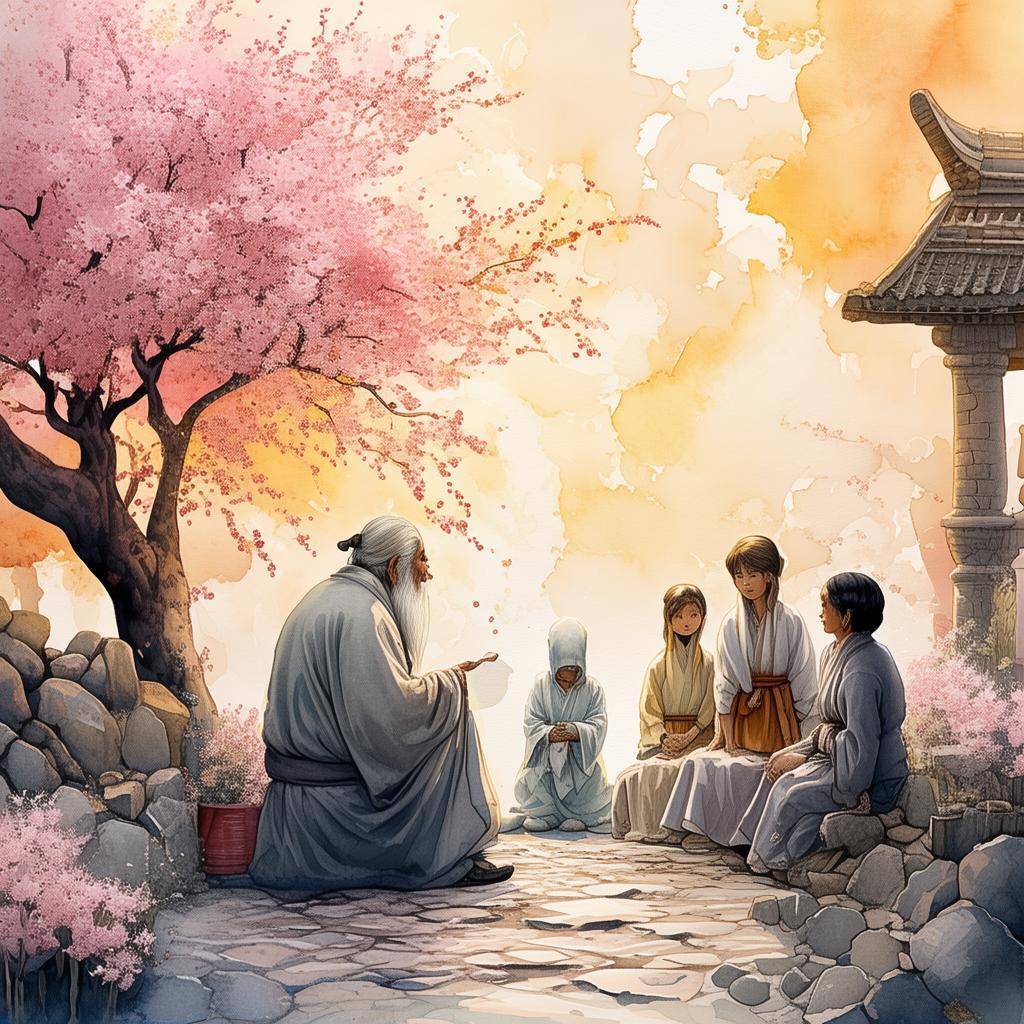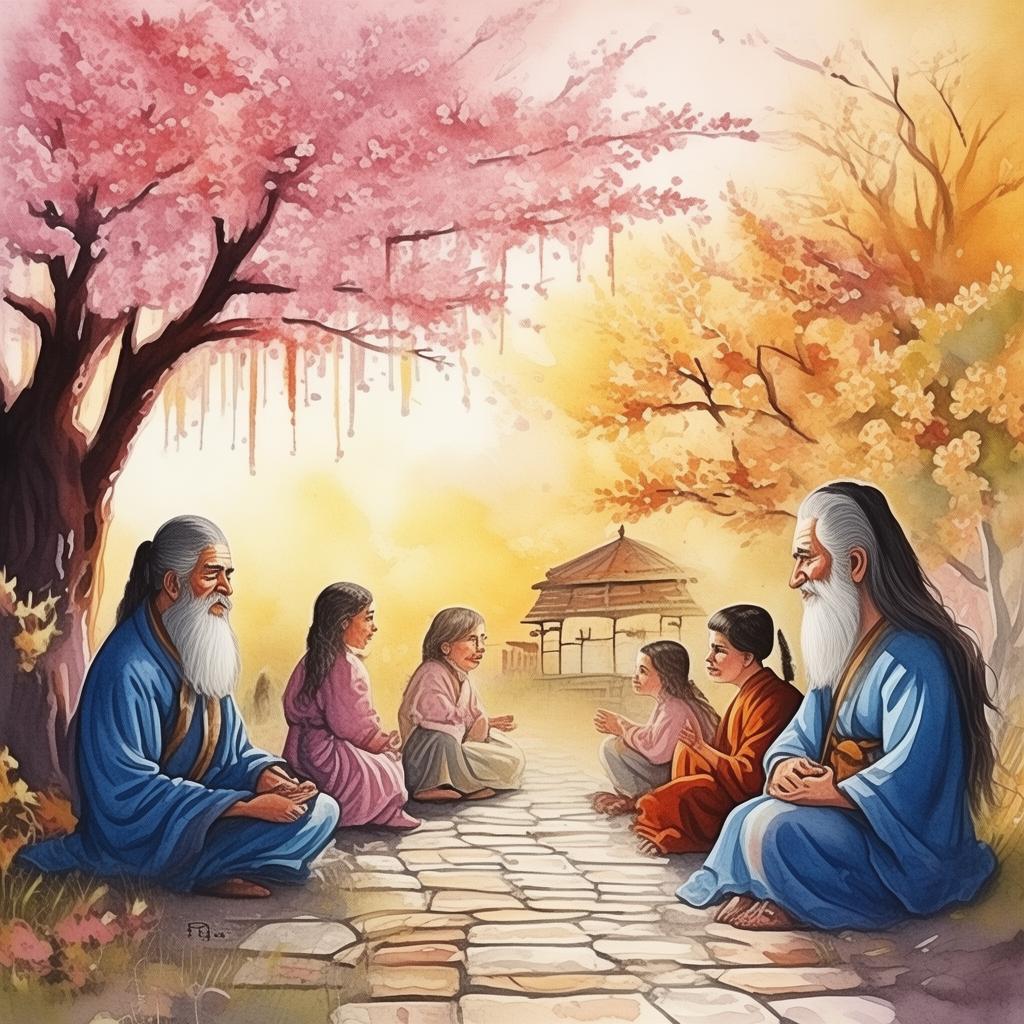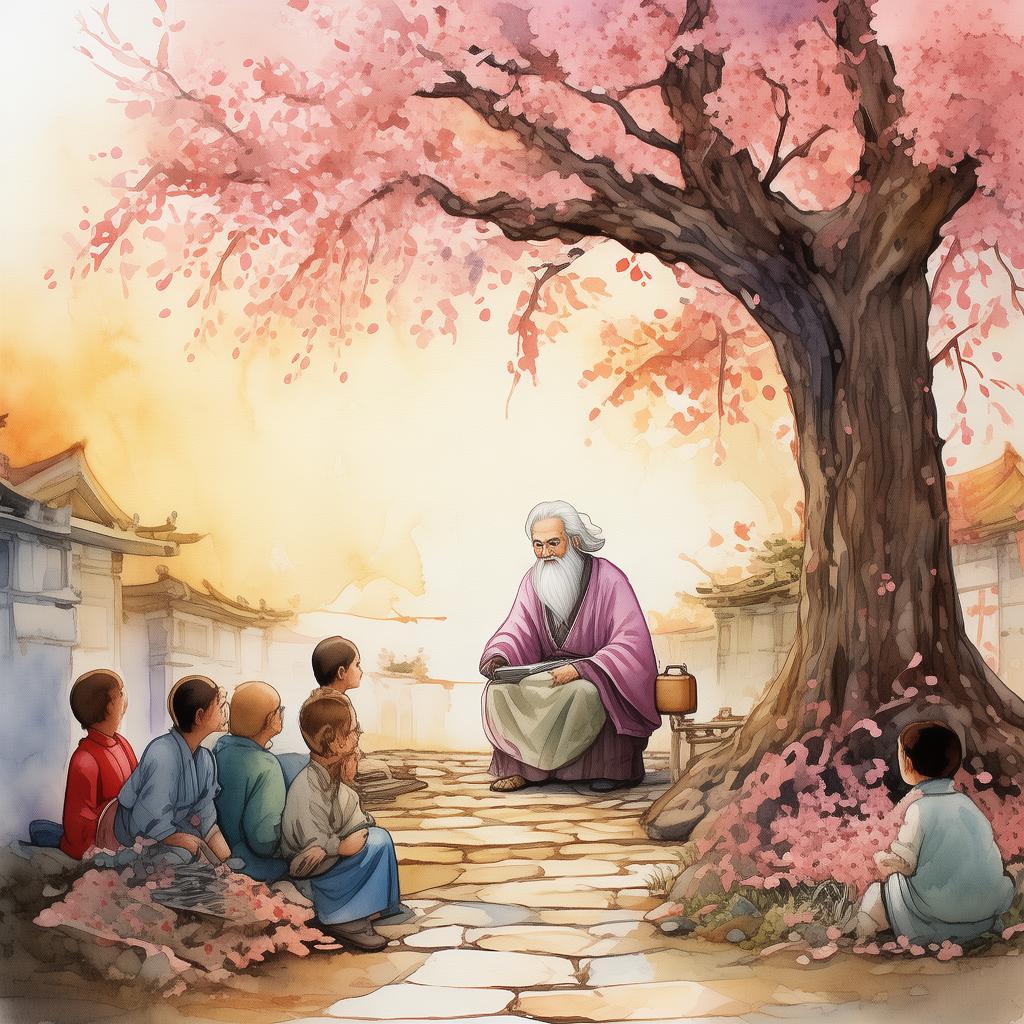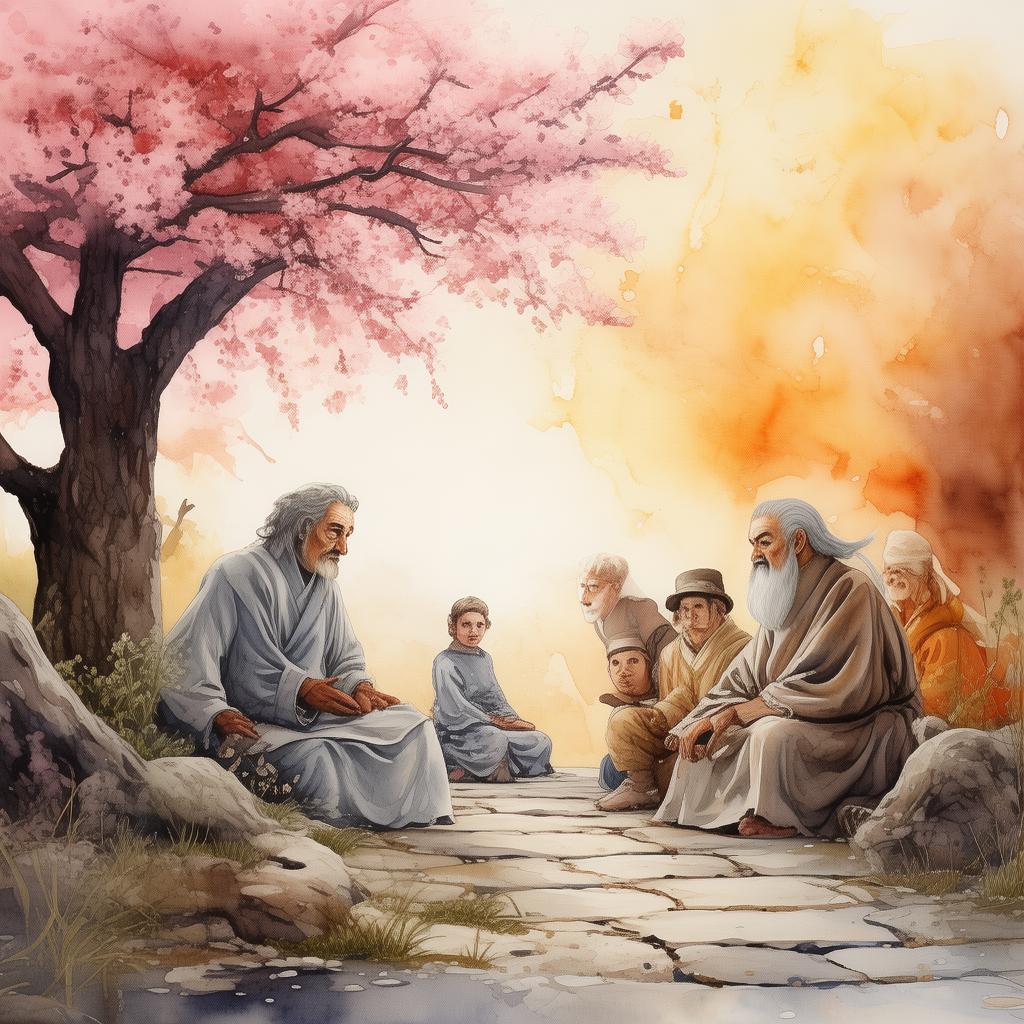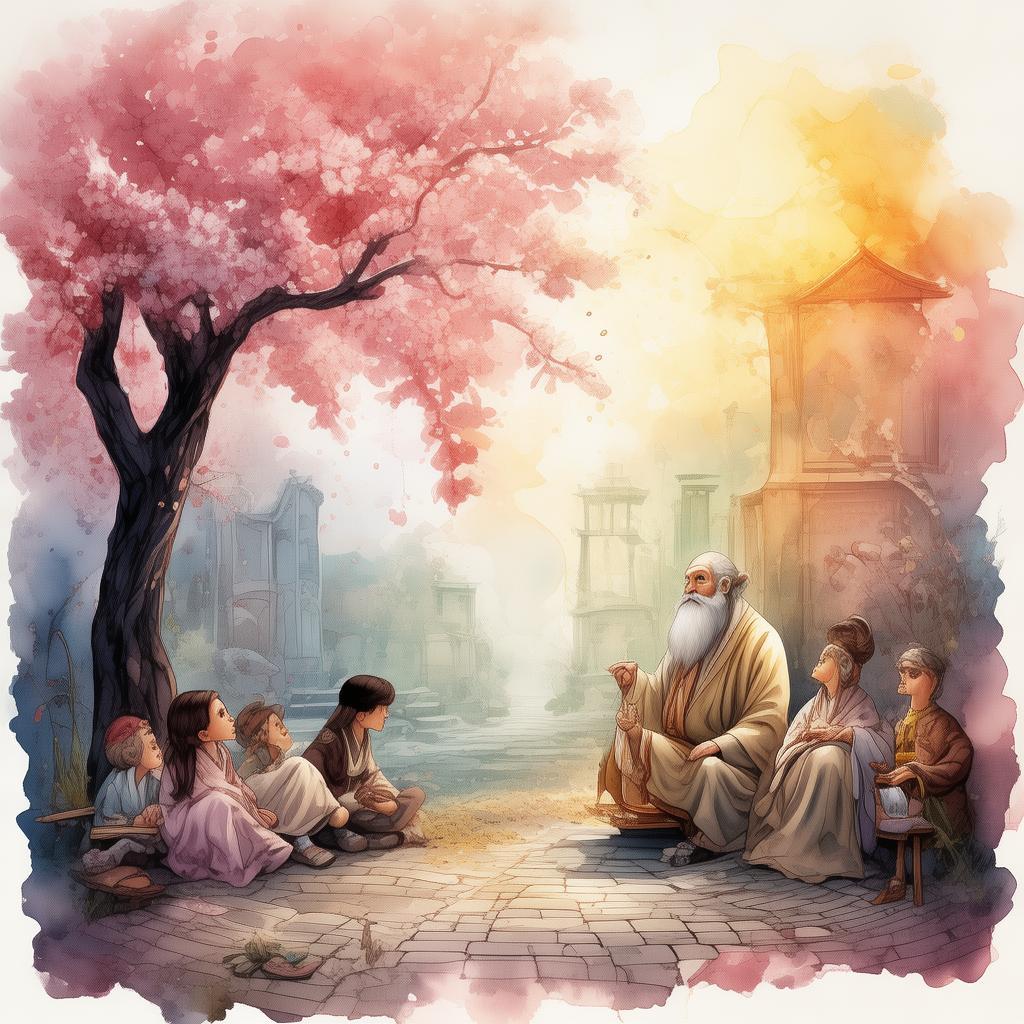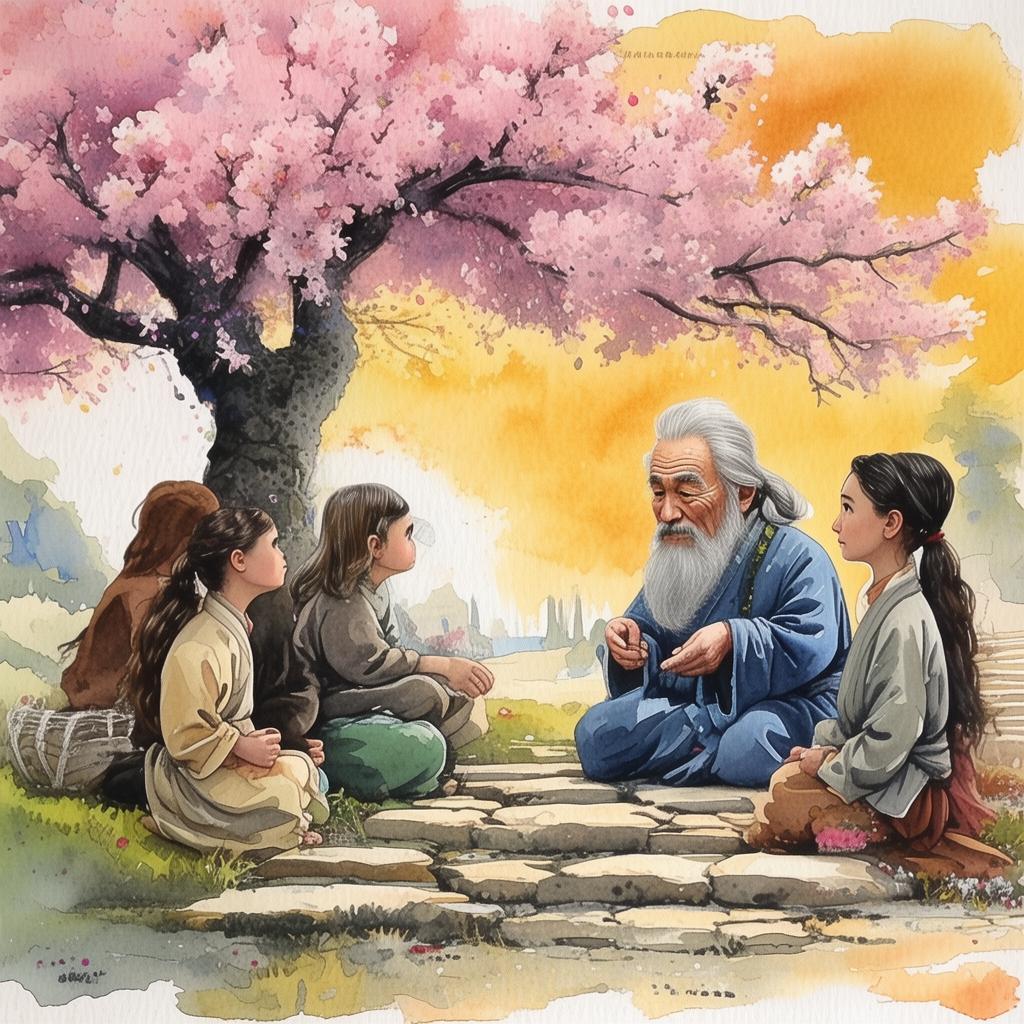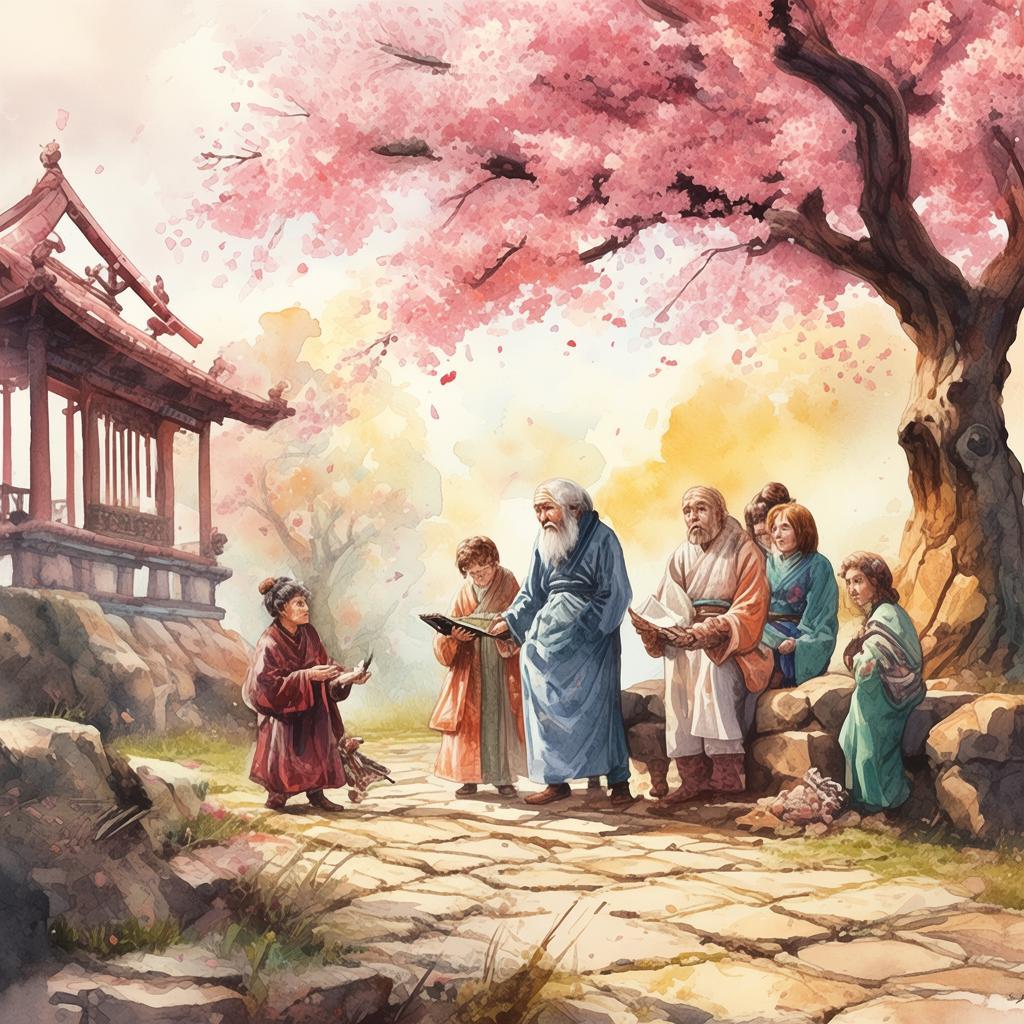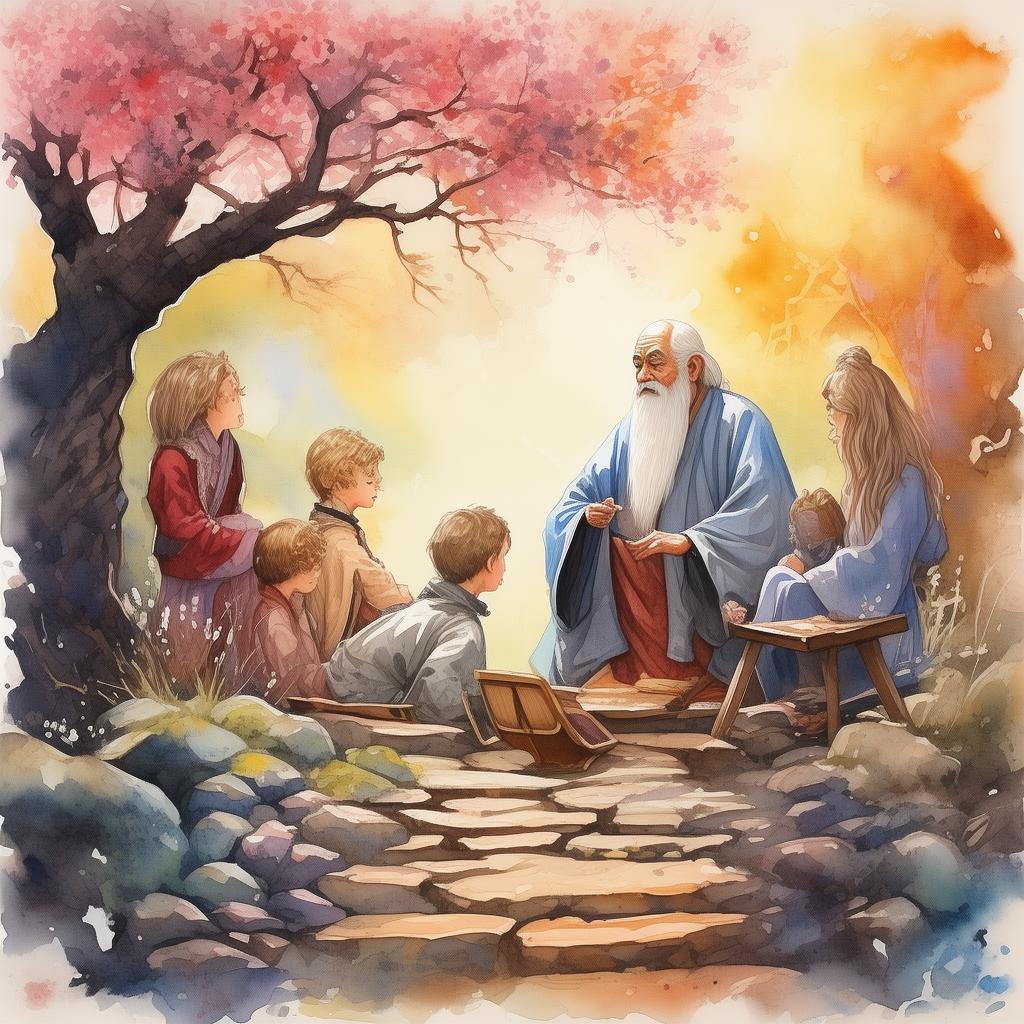The Harmonious Union: A Symphony of Unity
In the heart of the lush, verdant Melodious Valley, nestled between rolling hills and a shimmering river, there stood an ancient temple dedicated to the art of music. This temple was the birthplace of a legend, a tale of the "Harmonious Union," a symphony of unity that would echo through the ages.
The temple was home to a group of musicians, each with their own unique instrument. There was the master of the zither, whose strings sang of ancient tales; the maestro of the guzheng, whose melodies painted landscapes; the wizard of the erhu, whose bow danced with the wind; and the virtuoso of the dizi, whose flute spoke of dreams.
For centuries, these musicians played their instruments in solitude, each seeking harmony within themselves. They were the keepers of a secret, a melody that was said to bring peace and unity to the land. But the melody was incomplete, and without it, the valley was in disarray.
One day, a young, spirited girl named Lili wandered into the temple. She had heard tales of the Harmonious Union from her grandmother, and her heart was set on finding the melody that would bring the valley together. Lili was a prodigy on the pipa, an instrument known for its gentle, soothing tones, and she believed that her music could be the missing piece of the symphony.
The temple's headmaster, an ancient man with a face etched with the wisdom of time, took Lili under his wing. He saw in her the spark of a musician who could bridge the gap between the instruments and their melodies. The headmaster revealed to Lili the legend of the Harmonious Union, and together they embarked on a quest to find the lost melody.
The journey was fraught with challenges. They faced a band of robbers who sought to steal the melody for their own gain, a mystical forest that protected the melody from those who were not pure of heart, and a riddle that only Lili could solve. Each obstacle tested Lili's resolve and her belief in the power of music.
As they ventured deeper into the forest, the headmaster and Lili discovered that the melody was not a single piece of music, but rather a collection of melodies, each representing the essence of a different instrument. To create the Harmonious Union, they must find a way to blend these melodies into one perfect harmony.
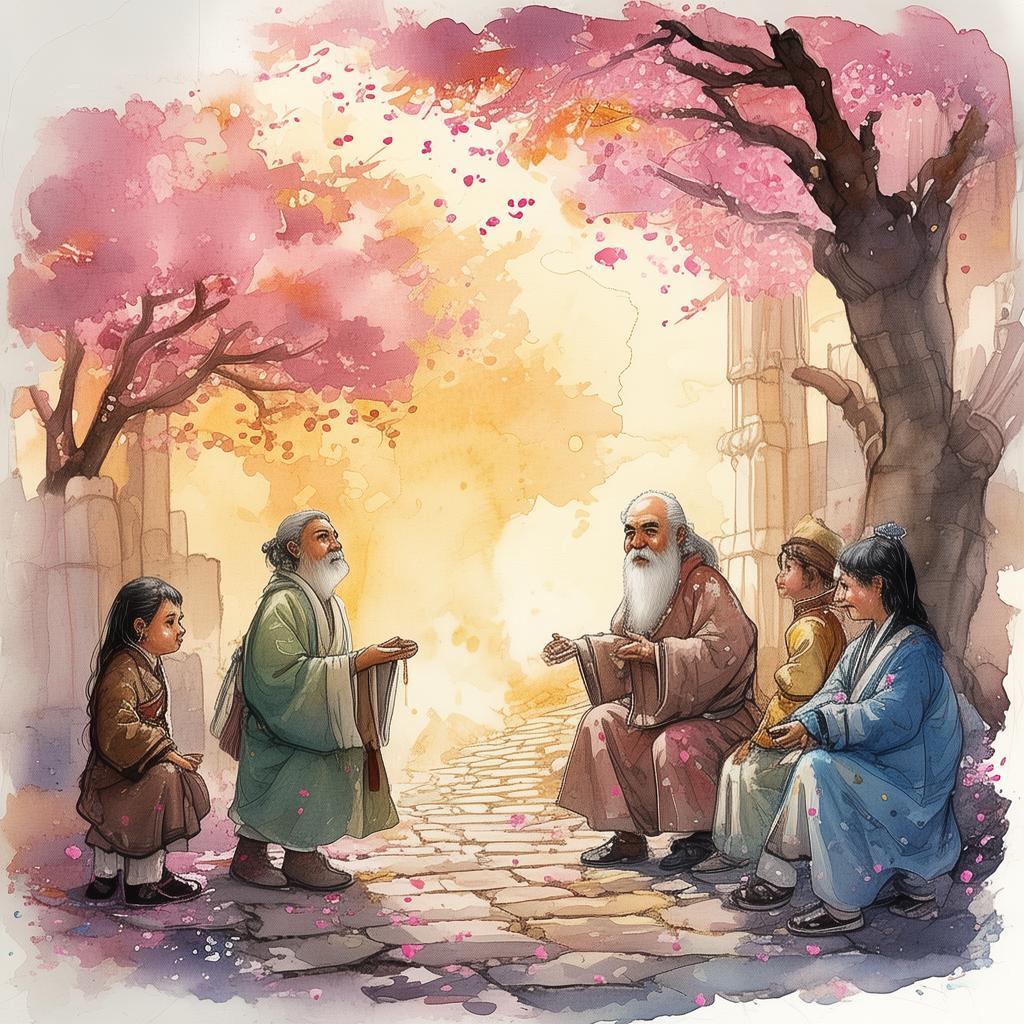
The final challenge came when Lili and the headmaster reached the heart of the mystical forest. Here, they found an ancient tree, its branches laden with musical notes. The headmaster explained that each note represented a part of the melody that needed to be harmonized. Lili played her pipa, her fingers dancing over the strings, and the notes began to blend into a beautiful, intricate pattern.
As the melody took shape, the instruments of the valley responded. The zither, guzheng, erhu, and dizi all joined in, their sounds weaving together to create a symphony that was both powerful and ethereal. The melody of the Harmonious Union was complete, and the valley was filled with a newfound sense of peace and unity.
The headmaster and Lili returned to the temple, where they were greeted by the other musicians. The union of their instruments was a sight to behold, a testament to the power of collaboration and the universal language of music. The valley thrived under the influence of the Harmonious Union, and its people lived in harmony, their hearts and minds connected by the beautiful symphony that had been brought to life.
The story of the Harmonious Union spread far and wide, inspiring musicians and people of all walks of life to find harmony in their own lives. The tale of Lili and the headmaster, and the symphony that brought the valley together, became a legend that would be told for generations to come.
In the end, the Harmonious Union was not just a melody, but a symbol of unity and the belief that, when we come together, we can achieve anything.
✨ Original Statement ✨
All articles published on this website (including but not limited to text, images, videos, and other content) are original or authorized for reposting and are protected by relevant laws. Without the explicit written permission of this website, no individual or organization may copy, modify, repost, or use the content for commercial purposes.
If you need to quote or cooperate, please contact this site for authorization. We reserve the right to pursue legal responsibility for any unauthorized use.
Hereby declared.
